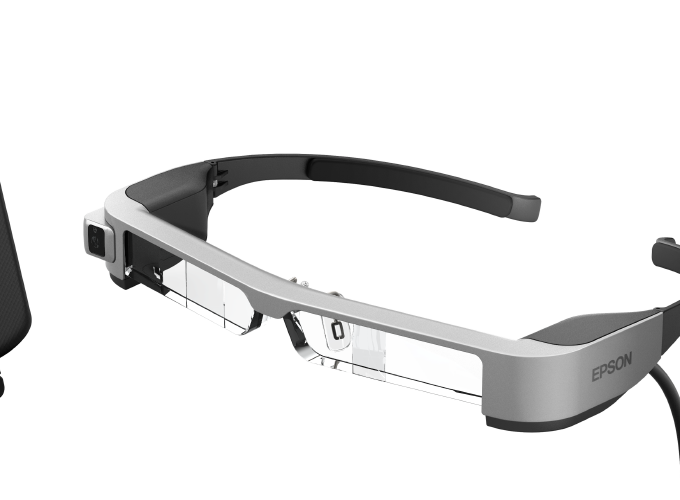How can we use Deep Learning to potentiate the retail industry?
Maintaining steady productivity and meeting customer demands throughout the year is a growing challenge in the logistics industry, especially with the explosive growth of e-Commerce. Vision Picking is an innovative way to increase the agility of your supply chain by employing the latest Deep learning technology in your warehousing operations.
When it comes to supplying chain operations, the vast majority of warehouses in the developed world still use a pick-by-paper approach. A paper-based approach requires cost intensive training, is relatively slow and prone to errors. Vision Picking in warehousing operations can help address these challenges, increasing productivity.
How does it work?
A pick operator wearing smart glasses loads a batch of orders to be picked and after the product recognition, receives information from the next location where a pick is to be performed. As the operator navigates toward the location, the smart glasses scan the location barcode and validate that the operator is in the right place. The built-in vision system recognizes the product and verifies the correct item is picked. Operators are visually and audibly guided to place the product in the right position on the picking cart. A pick is then complete, and the system updates the order status and inventory levels. The operator executes the prior steps until the batch of orders is completed.
Benefits of Vision Picking
Mobile solution - Wearable technology is fully mobile and can be used without recharging for a long period of time, covering an entire shift of operation.
Rich graphical user interface – Full color, high-resolution displays provide a visually equivalent image to a smartphone display. Displays can also show rich information without the need for carrying a handheld device.
Voice-controlled processing - With built-in speakers, microphone, and voice recognition engine, smart glasses capture and execute voice commands.
Barcode scanning and image capture - With a built-in camera and ability to capture video, scanning of barcodes is an integral part of smart glass technology.
Vision-aided processing - In conjunction with the built-in camera, the vision recognition framework helps with accuracy of supply chain operations, for example, picking the correct product during an order fulfillment process.
Global positioning – A built-in GPS system aids with operator navigation and positioning within the warehouse.
Gesture controls – A gesture recognition engine within the smart glasses can recognize certain head or body movement, which can serve as commands to the system.
Hands-free processing – The entire system is located in the smart glasses, and it does not require hands to operate.
Potential low cost of ownership – As smart glasses find their use in both the consumer and enterprise market, the demand will drive the prices down, and smart glasses will become more affordable than some existing mobile solutions in the supply chain.
The next logical step in the evolution of the retail industry is to deploy AI not only to improve customer experience but also to bolster its operations and processes.
Interested? If you need additional information, please contact me via email.

